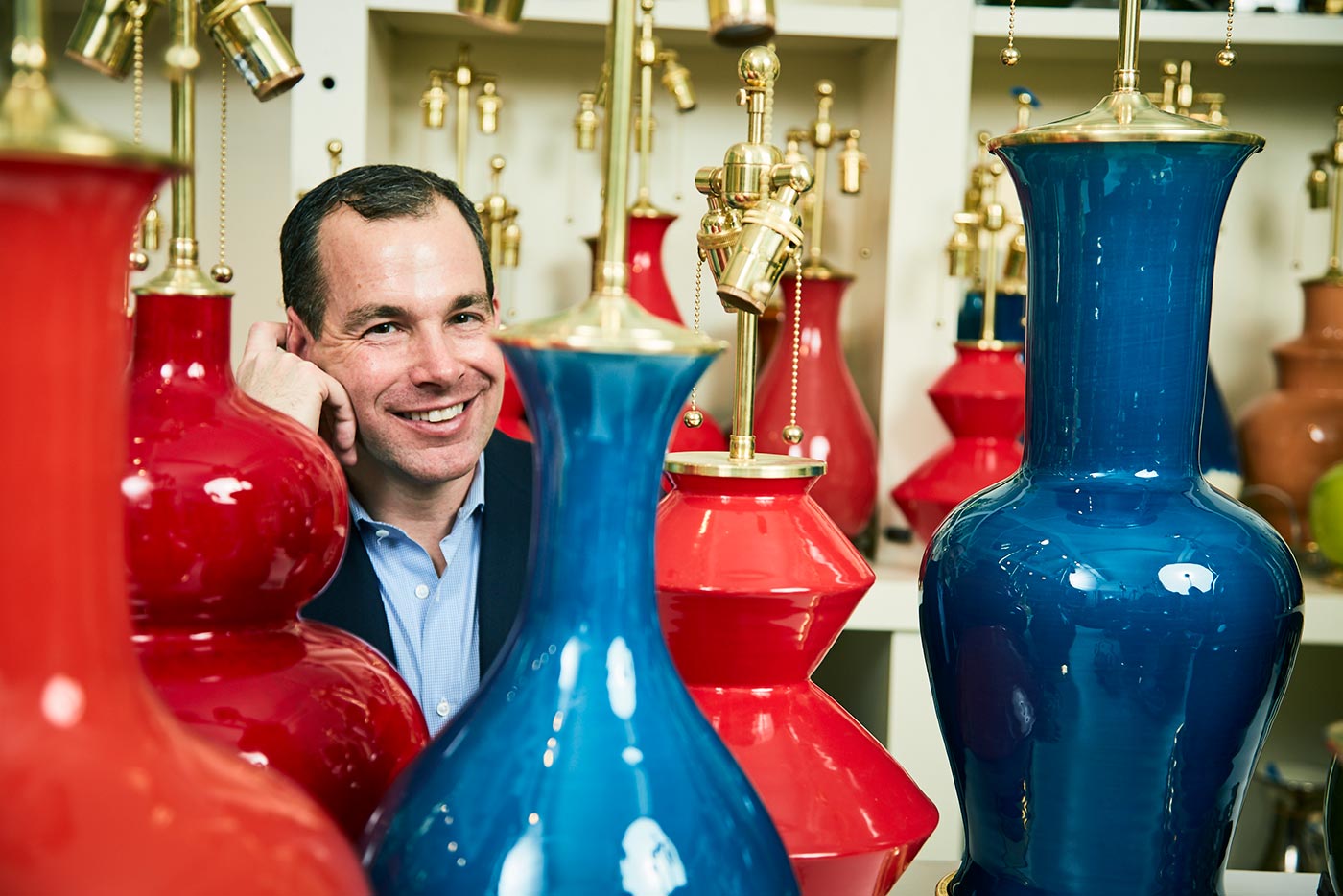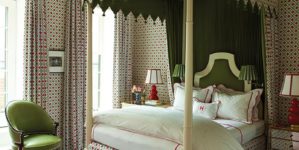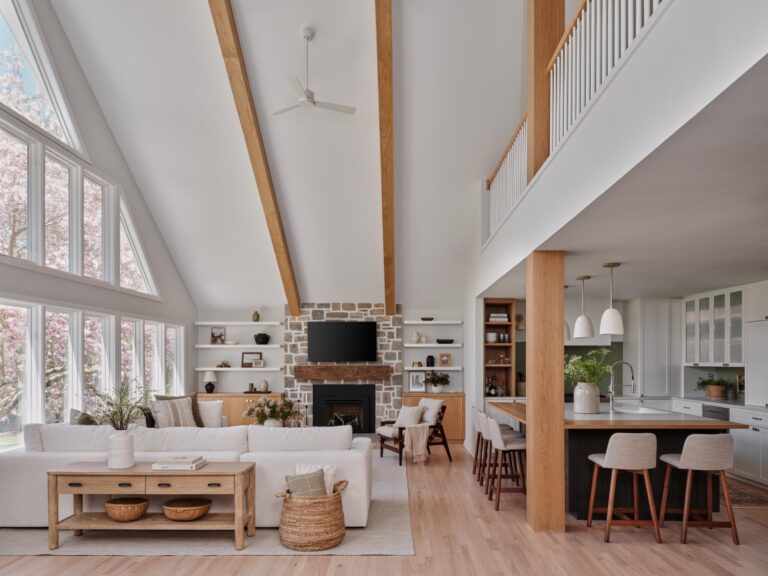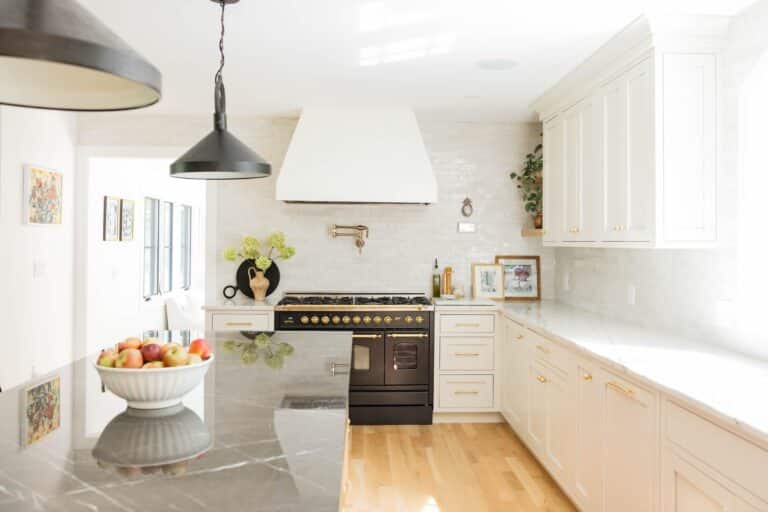Christopher Spitzmiller doesn’t exactly fit the mold of a traditional potter. He’s preppy and refined, and he gravitates toward bold colors, rather than earth tones. His iconic lamps, too, are a bit of an unexpected contradiction: They’re traditional forms, but done in rich, vibrant glazes. Their timeless appeal has made Spitzmiller, 47, one of the most sought-after artisans in the interiors world today. His lamps have graced beautiful homes from Santa Monica to the Upper East Side, and most notably, the Oval Office under President Obama. With a NewYork City showroom and a 35th Street studio, Spitzmiller’s creations are more in demand than ever. His journey has been one filled with hard work and a determination to, in his own words, “make something useful.”
Spitzmiller first fell in love with pottery during a ceramics class at a church in Buffalo, NY, as a child. His first design, a piggy bank, had him hooked. “It was just nice to make a tactile, utilitarian thing that you could give away, and the pleasure that people would get from that,” he remembers. From then on, Spitzmiller found a way to engineer a ceramics degree for himself: He took pottery classes at boarding school at Proctor Academy and then at St. Lawrence University; he attended the Rhode Island School of Design for their summer and visiting student programs; and he even had a stint at famed art school Central St. Martins in London.
But his dreams of being a potter weren’t always met with enthusiasm. While at Proctor, he confessed his plans to his mother. “She pulled the car over and said ‘no’ in a really loving way,” he recalls, laughing. And at RISD, “they told you that if you can do anything else, you probably should,” he says. After a chance move to Washington, DC—and a brief stint in the White House social office in the same intern class as Monica Lewinsky—Spitzmiller remained undeterred, and he started making his first lamps in a Georgetown studio in 1996.
He marketed himself by putting together packages of pictures of his work and sending them out. It didn’t take long for his lamps to strike a chord, or for his early client list to evolve into a who’s who of decorating legends. “The very first person who ordered my very first lamps was Richard Keith Langham,” Spitzmiller says. “I would send him the base and he would have them wired up. Then I learned how to turn really good bases and to water gilt them and to get the best electrical parts we could get. Then Tom Pheasant was my second client. Albert Hadley was my third. And Barbara Barry was right around them.”
Fast forward to today, and the Christopher Spitzmiller brand includes more than 75 lamp designs in 75 glazes and a number of base surfaces, a variety of plates, and accessory pieces like urns, ginger jars, large bowls and even some mirrors. In addition, Spitzmiller has a more modestly priced line of lamps with Circa Lighting. He still names each lamp design after a personal connection, such as a friend, family member or client. For instance, “The William is named after William Hodgins,” he says. “The Aurora Double Gourd is named after the town [in New York] I’m from. The Michael S is named after Michael Smith.” Michael S. Smith, of course, being the designer who decorated the White House and used a pair of Spitzmiller’s Patricia lamps in Prussian blue in the Oval Office in 2010. To date, those lamps mark Spitzmiller’s proudest career moment.
“My friend [ceramicist] Clare Potter said, ‘You can pretty much retire now, it’s not going to get any bigger than this,’” Spitzmiller recalls, laughing.

Luckily, he didn’t retire, and each year Spitzmiller continues to conceive four or five new lamp shapes, and he introduces a variety of new patterns for his dishes. “Mostly I’m an auction house junkie and the shape inspiration comes from there,” he says. “Occasionally, I’ll get something out of a magazine or wherever. But it’s seeing something that inspires you and then doing your take on it. It’s not copying it; it’s taking it to another level.” Recently, he’s gravitated toward more angular, geometric shapes, like his David Double Gourd lamp, which he plans to make in bigger forms.
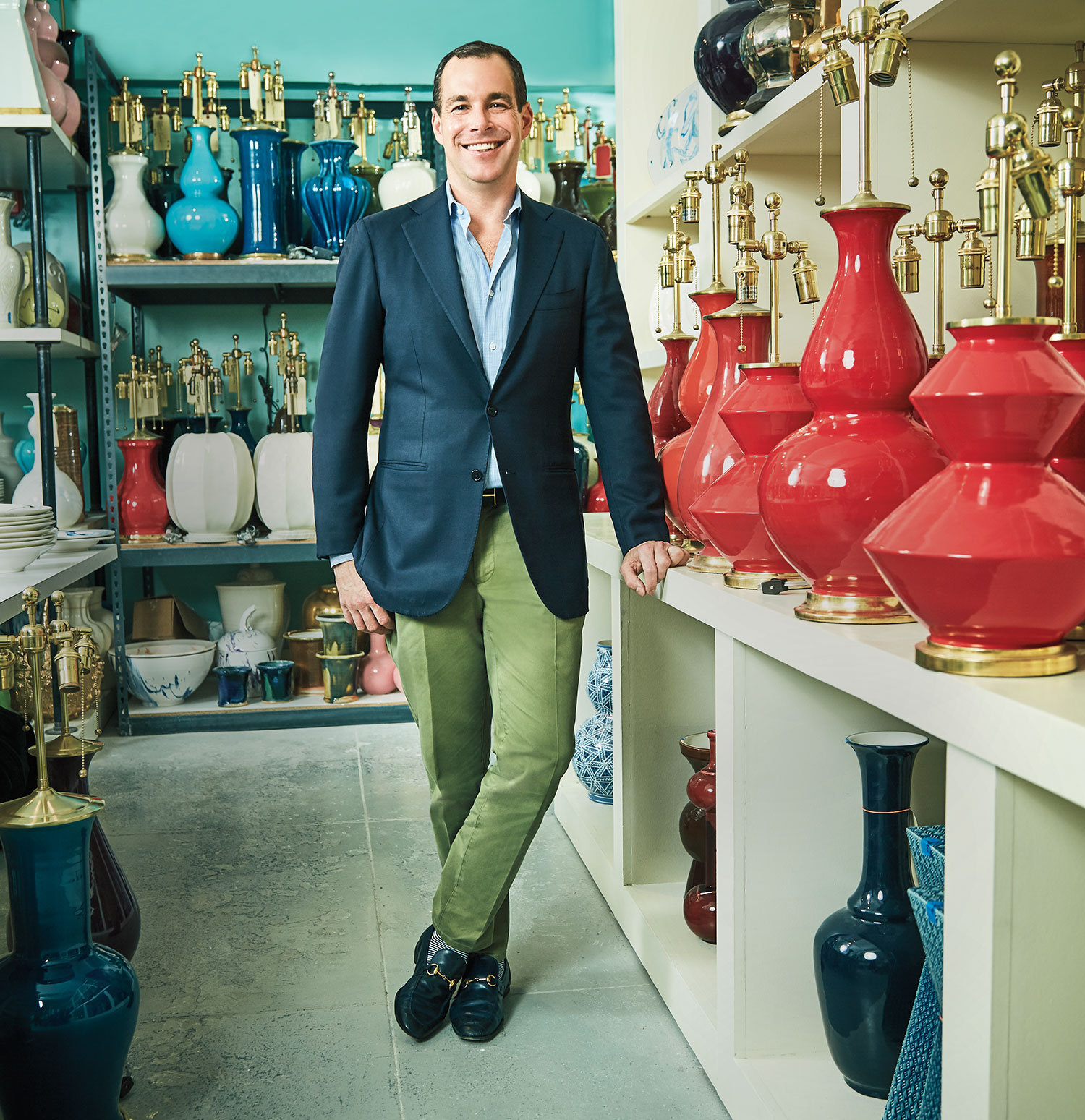
For Spitzmiller, the new product development process involves him sitting down at the wheel and getting to work. “I just threw eight things down last week that were in different pieces that I joined together on Friday, then put plastic over them for the weekend,” he says. “Then I’ll do the subtractive process of trimming the shapes. I’ll look at them and pick the best one, and we’ll make a mold from that.” Next, he plans to make a series of plates inspired by the varieties of peonies he grows at his farm in Millbrook, NY—Clove Brook Farm. He’s also in the process of working on lamps for the Trump Administration, which will mark Donald Trump as the fourth United States president to have Spitzmiller’s pieces, along with Presidents Bill Clinton, George W. Bush, and of course, Barack Obama.
Despite his massive success, at heart Spitzmiller remains focused on staying true to his vision. “I strive for timelessness,” he says. “I strive for a piece that’s going to fit in a contemporary or a traditional setting. To me, that’s where the design world is going today.” And his design sense is clearly on point because he remains a favorite among top interior designers. “The lamps’ shiny, beautiful color with the fine gold leaf bases are the perfect finishing touch to a room,” says New York designer Katie Ridder. “Chris is so artistic and everything he makes is so fine, his lamps are easy to use in anyproject.” On par with their versatility, though, Spitzmiller also wants for his designs to have a certain showstopping gravitas. “I want [my lamps] to be like a pair of Verdura earrings or some Cartier number when people walk into a room,” he says. “I want people to say, “Wow! Those are really great!”
